Greek Oregano Info – How To Grow Greek Oregano Plants
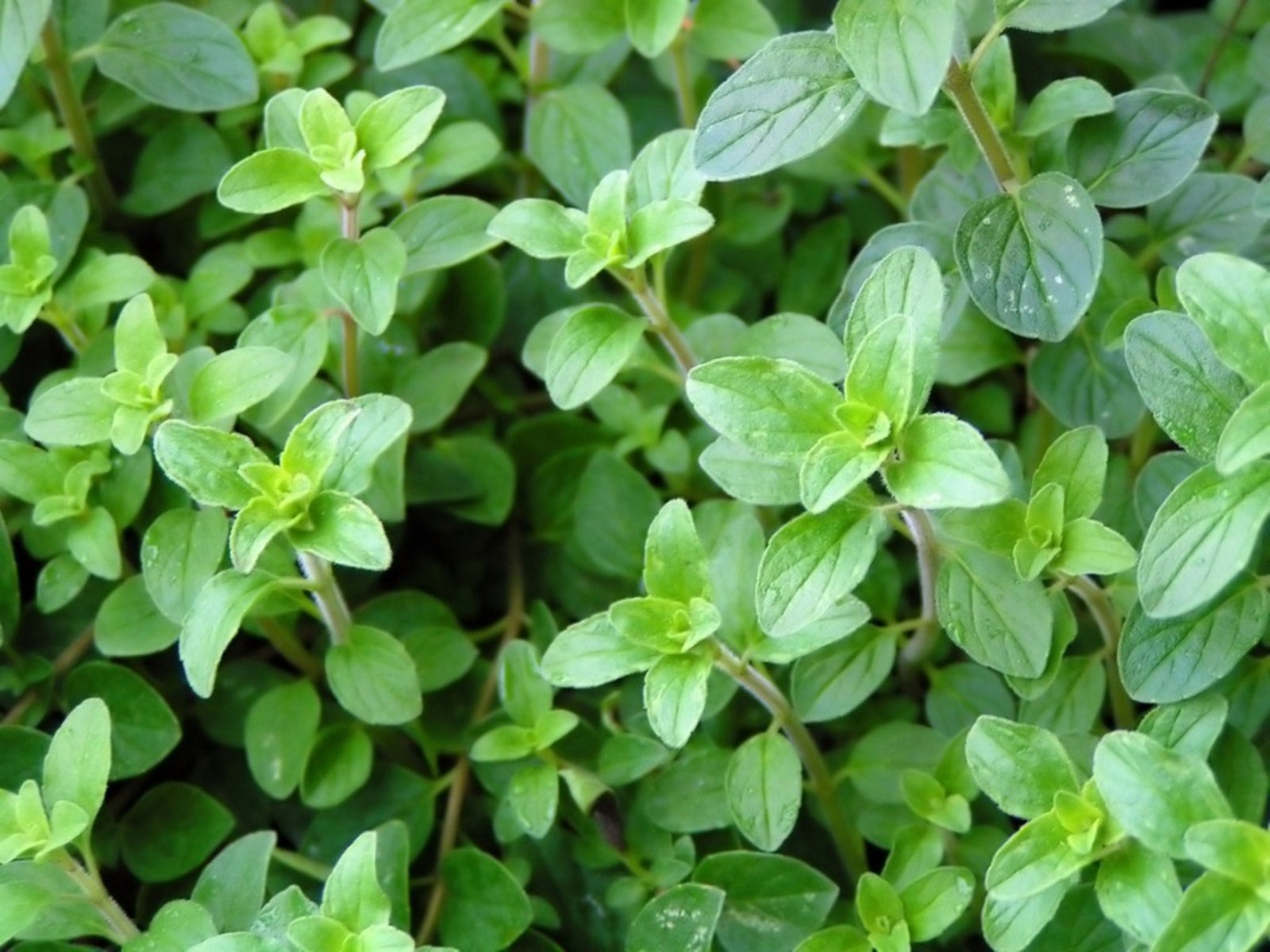
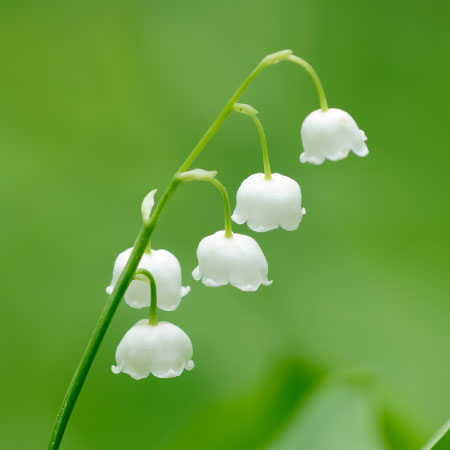
Fresh herbs from the garden are an absolute must for anyone serious about cooking. One of my absolute favorites in the herb garden is Greek oregano (Origanum vulgare var. hirtum), also known as European or Turkish oregano. So just what is Greek oregano? Read on to learn more about Greek oregano uses, how to grow Greek oregano, and other Greek oregano info.
What is Greek Oregano?
Compared to other varieties of oregano, there really is nothing remarkable about Greek oregano from an ornamental viewpoint. It simply has hairy, dark green leaves with small white flowers. However, whatever aesthetic shortcomings this Mediterranean native may have, it compensates for in culinary value. You may not be aware of this Greek oregano info, but while there are many varieties of oregano, Greek oregano is considered the “true oregano” and is typically the oregano that graces the standard supermarket spice rack. If you are curious about Greek oregano uses, it is savored for its strong aroma and spicy intense flavor and is prominently used in Greek, Italian, or Spanish cuisine in homemade pizzas, tomato sauces, soups, and more. Greek oregano is also valued beyond the kitchen by those who consider it to have medicinal properties.
How to Grow Greek Oregano
Greek oregano, which grows up to 24 inches (61 cm.) tall and 18 inches (46 cm.) wide, can be grown from either seed, cuttings, or nursery plants. If faced with a choice between seed or cuttings, however, cuttings are preferable if you’re growing Greek oregano for culinary reasons. Greek oregano often does not grow true to seed, meaning you will end up with oregano plants that are underwhelming in terms of aroma and flavor. If you root cuttings taken from quality plants, however, it will pack the flavor punch you would expect from Greek oregano. If growing Greek oregano as a groundcover or edger, growing from seed is a viable option. Greek oregano plants tend to get woody over time and after about five years the leaves tend to lose their flavor and texture. Greek oregano (USDA planting zones 5-9) is a vigorous and hardy perennial that can thrive in dry soil and hot temperatures once established. As if you needed yet another reason to love this oregano, it’s bee-friendly and makes a great addition to a pollinator garden. Plantings (seed or plants) should be spaced at least 12 inches (31 cm.) apart in well-draining, slightly alkaline soil in a location that receives full sun for optimum growth. The planting area for cuttings and nursery plants should be kept moist until the roots become established. If planning to sow seeds, lightly press them into the top of the soil and do not cover as light is needed for germination. Keep the seeded area lightly moist. Seeds will germinate in about two weeks. Greek oregano can really be harvested anytime once the plant reaches 6 inches (15 cm.) tall, but if you’re seeking the most intense flavor, you will want to harvest your oregano right before the blooms appear in midsummer. When harvesting, trim each stem back leaving four to six pairs of leaves. This will encourage new bushy growth. The fresh leaves can be used directly in your cooking, or you can hang cut stems to dry in a cool, dark, well-ventilated location and then store the dried leaves in sealed containers.
Gardening tips, videos, info and more delivered right to your inbox!
Sign up for the Gardening Know How newsletter today and receive a free copy of our e-book "How to Grow Delicious Tomatoes".

Shelley Pierce was a writer for Gardening Know How, contributing to hundreds of articles for the site.
-
 7 New & Improved Cultivars Of Old-Fashioned Plants – These Aren’t Your Grandma’s Plants!
7 New & Improved Cultivars Of Old-Fashioned Plants – These Aren’t Your Grandma’s Plants!Old is new again! These old-fashioned plants have new cultivars that are sure to thrive in your garden and bring the charm factor. Neighbors will be envious!
By Mary Ellen Ellis
-
 12 Mother’s Day Garden Gifts That Celebrate Moms Who Love To Grow
12 Mother’s Day Garden Gifts That Celebrate Moms Who Love To GrowAll Moms deserve to feel special on Mother’s Day, so treat her to a thoughtful gardening gift that helps her get the most out of her hobby.
By Melanie Griffiths
-
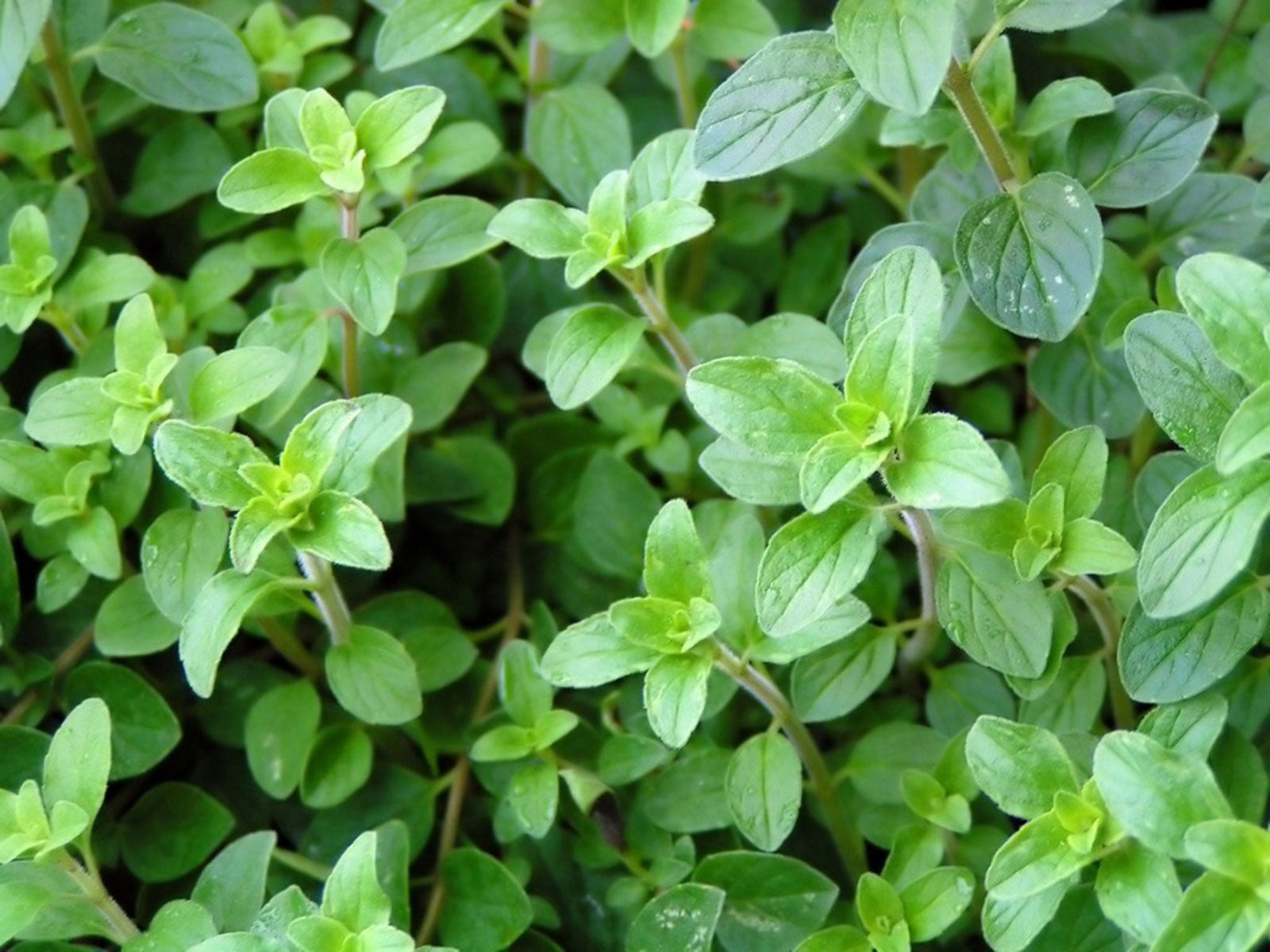 Greek Oregano Plant Cover: Growing Oregano Groundcover In Gardens
Greek Oregano Plant Cover: Growing Oregano Groundcover In GardensFor a lovely, blooming groundcover that basically takes care of itself, look no further than Greek oregano. Learn more about growing it in this article.
By Bonnie L. Grant
-
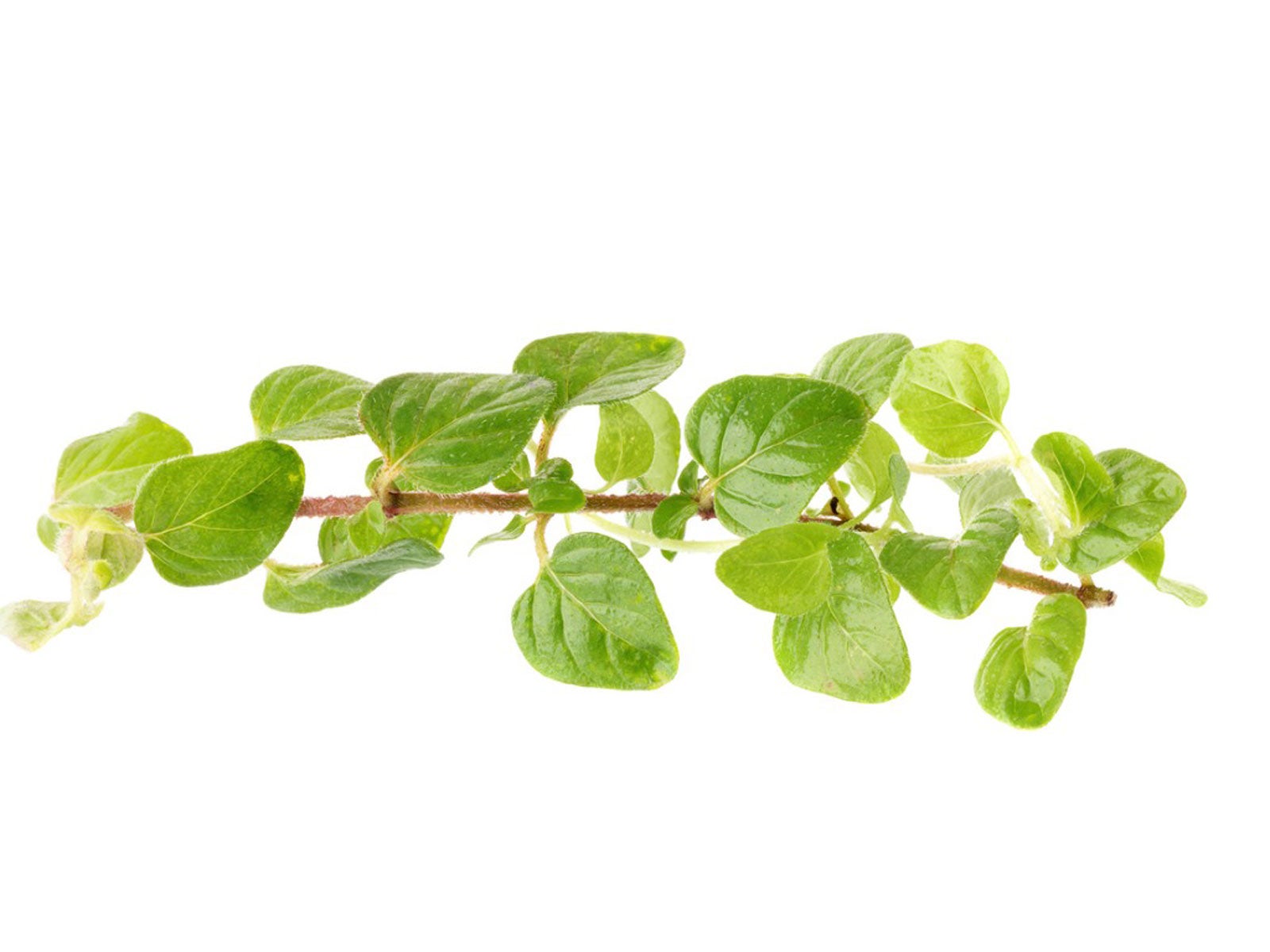 Growing Oregano From Cuttings – Learn About Rooting Oregano Plants
Growing Oregano From Cuttings – Learn About Rooting Oregano PlantsOregano is an attractive plant, easy to grow, and propagating from cuttings couldn’t be simpler. Click here to learn how to plant oregano cuttings.
By Mary H. Dyer
-
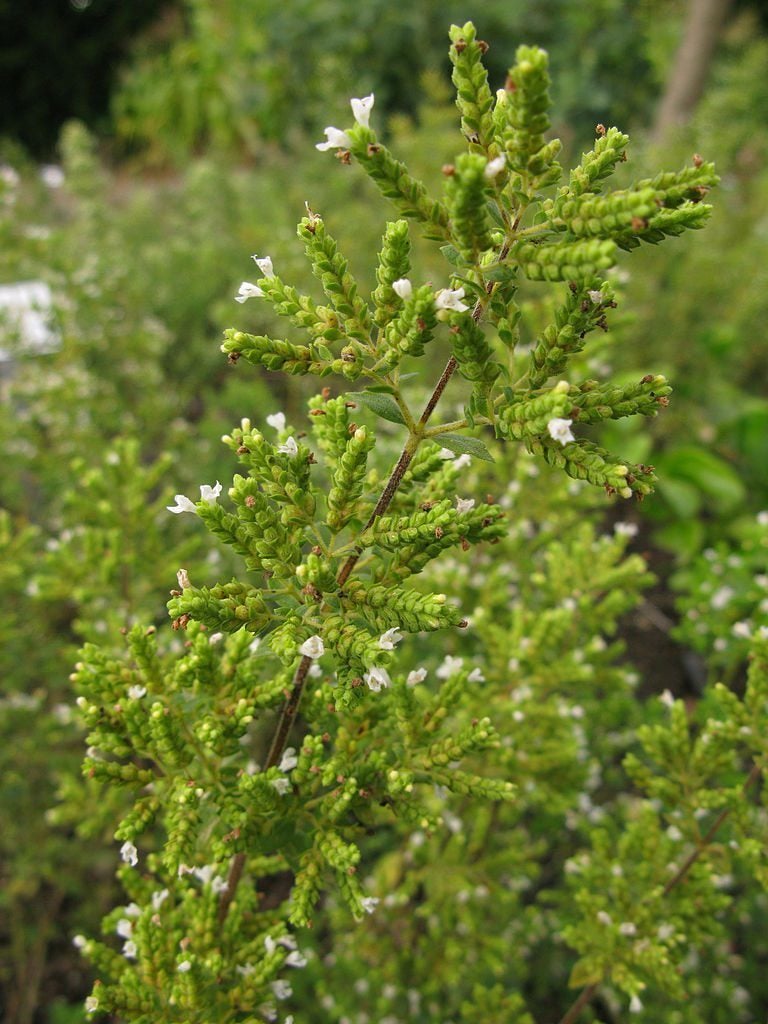 Syrian Oregano Plants: Learn How To Grow Syrian Oregano Herbs
Syrian Oregano Plants: Learn How To Grow Syrian Oregano HerbsGrowing Syrian oregano will add height and visual appeal to your garden, but will also give you a new and tasty herb to try. With a similar flavor to the more common Greek oregano, this variety of the herb is much bigger and more intense in taste. Learn more here.
By Mary Ellen Ellis
-
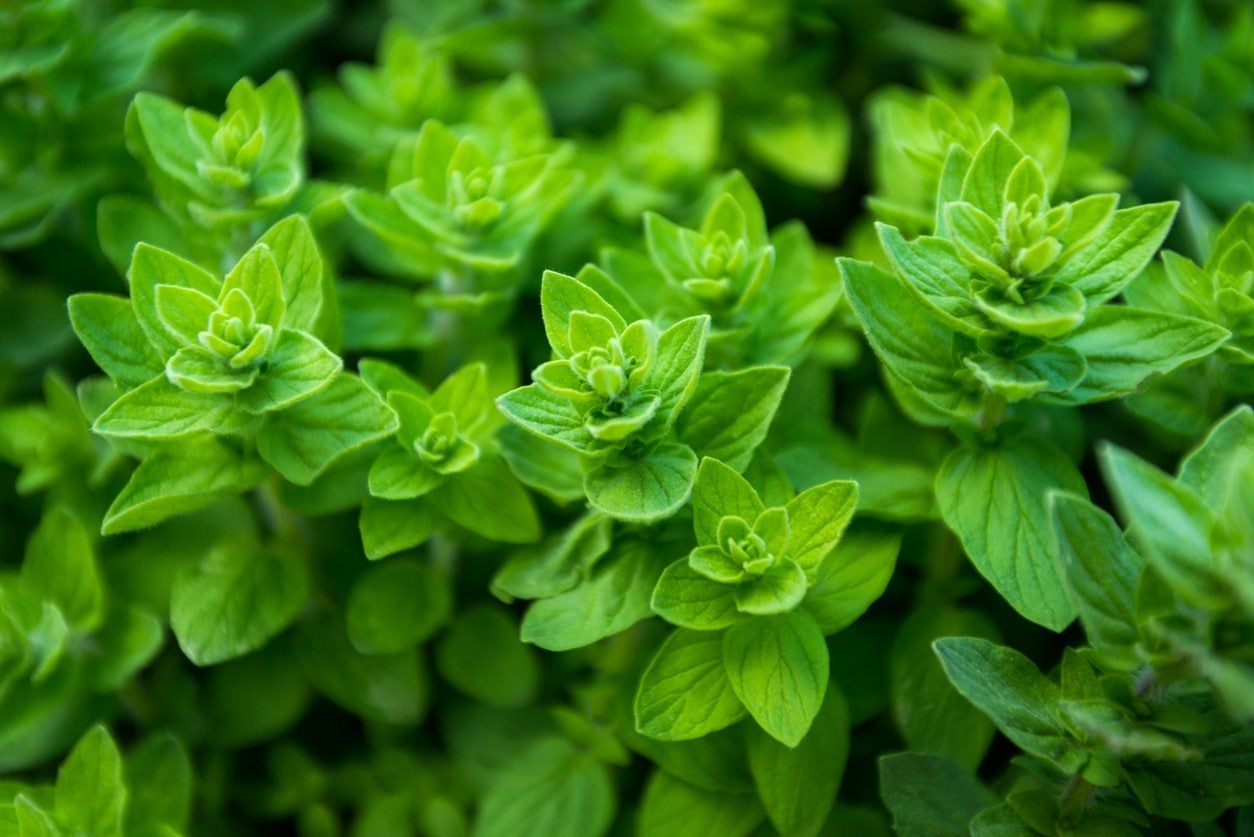 Types Of Oregano – Are There Different Varieties Of Oregano Herbs
Types Of Oregano – Are There Different Varieties Of Oregano HerbsMany different varieties of oregano find uses in cuisines from around the world. Some of these varieties have quite different flavors from the familiar oregano found in Italian herb blends. Learn more about the different types of oregano in this article.
By Ilana Goldowitz Jimenez
-
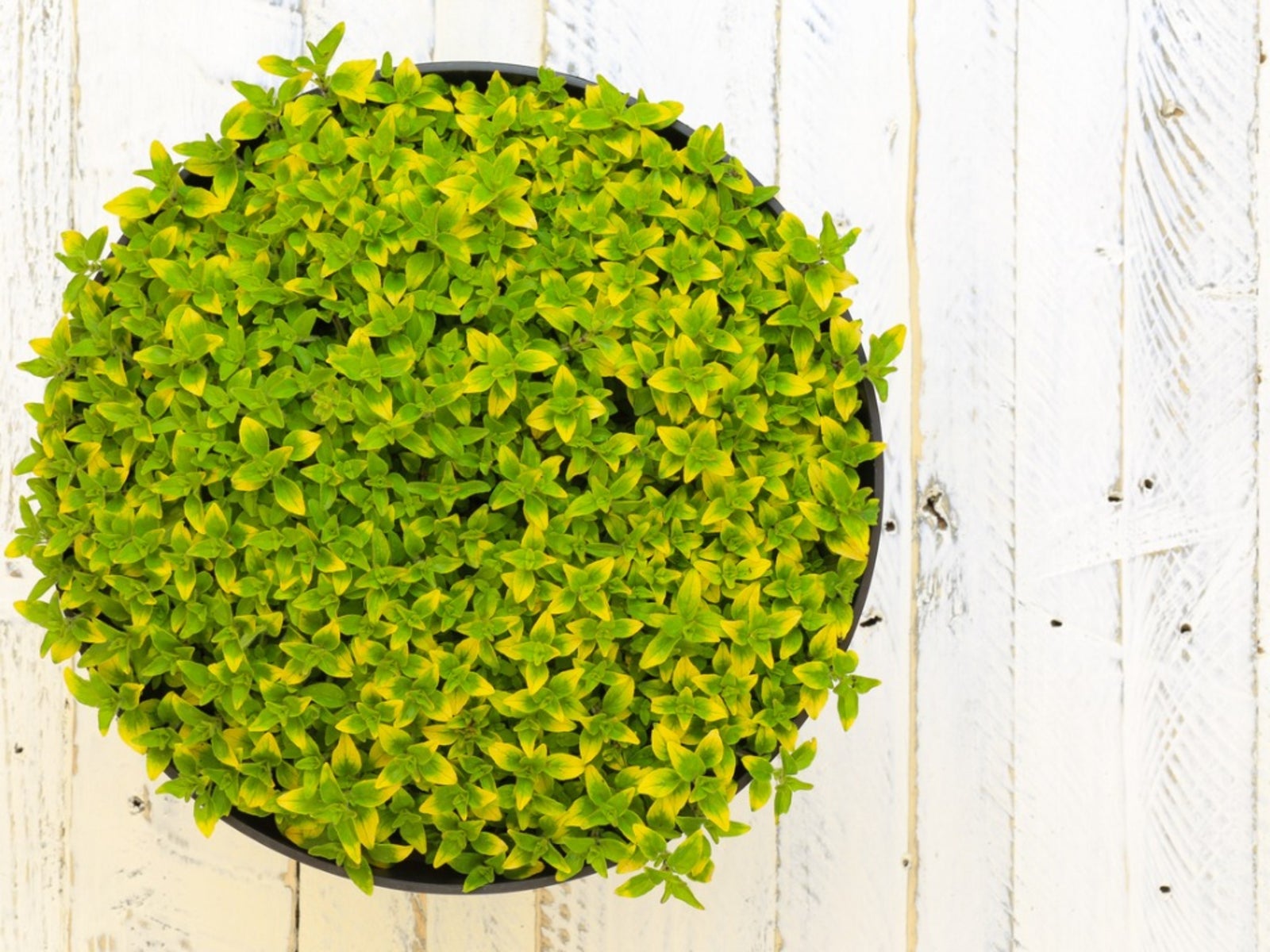 Golden Oregano Information: What Are Uses For Golden Oregano
Golden Oregano Information: What Are Uses For Golden OreganoOne especially popular herb is oregano. Golden oregano is a common and worthwhile variety. Learn more about growing golden oregano herbs and caring for golden oregano plants in this article so you can enjoy its usefulness.
By Liz Baessler
-
 What Is Ornamental Oregano: Learn How To Grow Ornamental Oregano
What Is Ornamental Oregano: Learn How To Grow Ornamental OreganoOrnamental oregano plants bring all these attributes to the table as well as unique beauty and fun trailing form. What is ornamental oregano? It is a peacock of the herb family with many decorative uses. Learn more in this article.
By Bonnie L. Grant
-
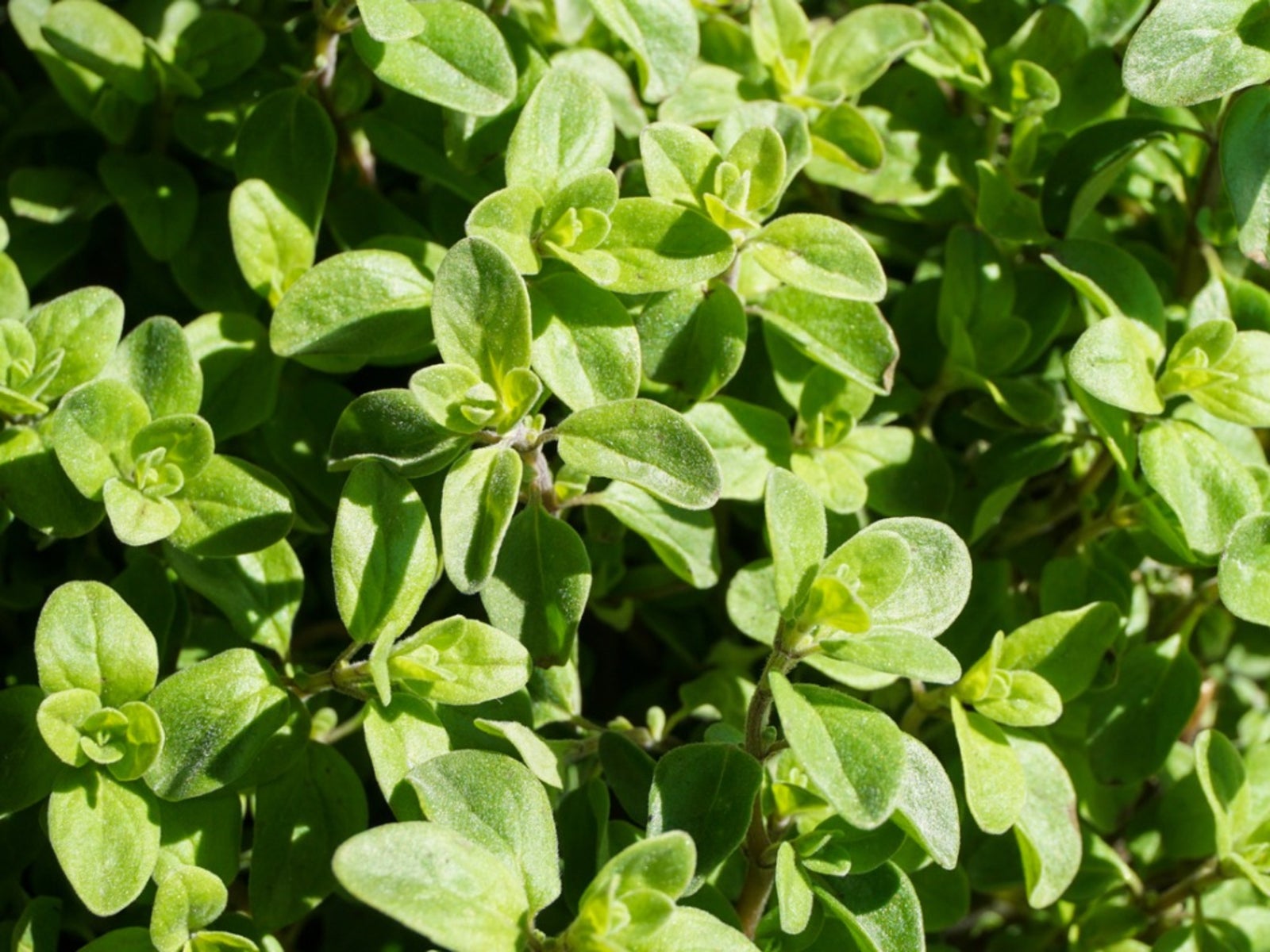 Oregano Problems - Information On Pests And Diseases Affecting Oregano Plants
Oregano Problems - Information On Pests And Diseases Affecting Oregano PlantsWith dozens of uses in the kitchen, oregano is an essential plant for culinary herb gardens. Occasionally, oregano herbs are afflicted by disease and pest problems. This article will help to prevent or treat them.
By Jackie Carroll
-
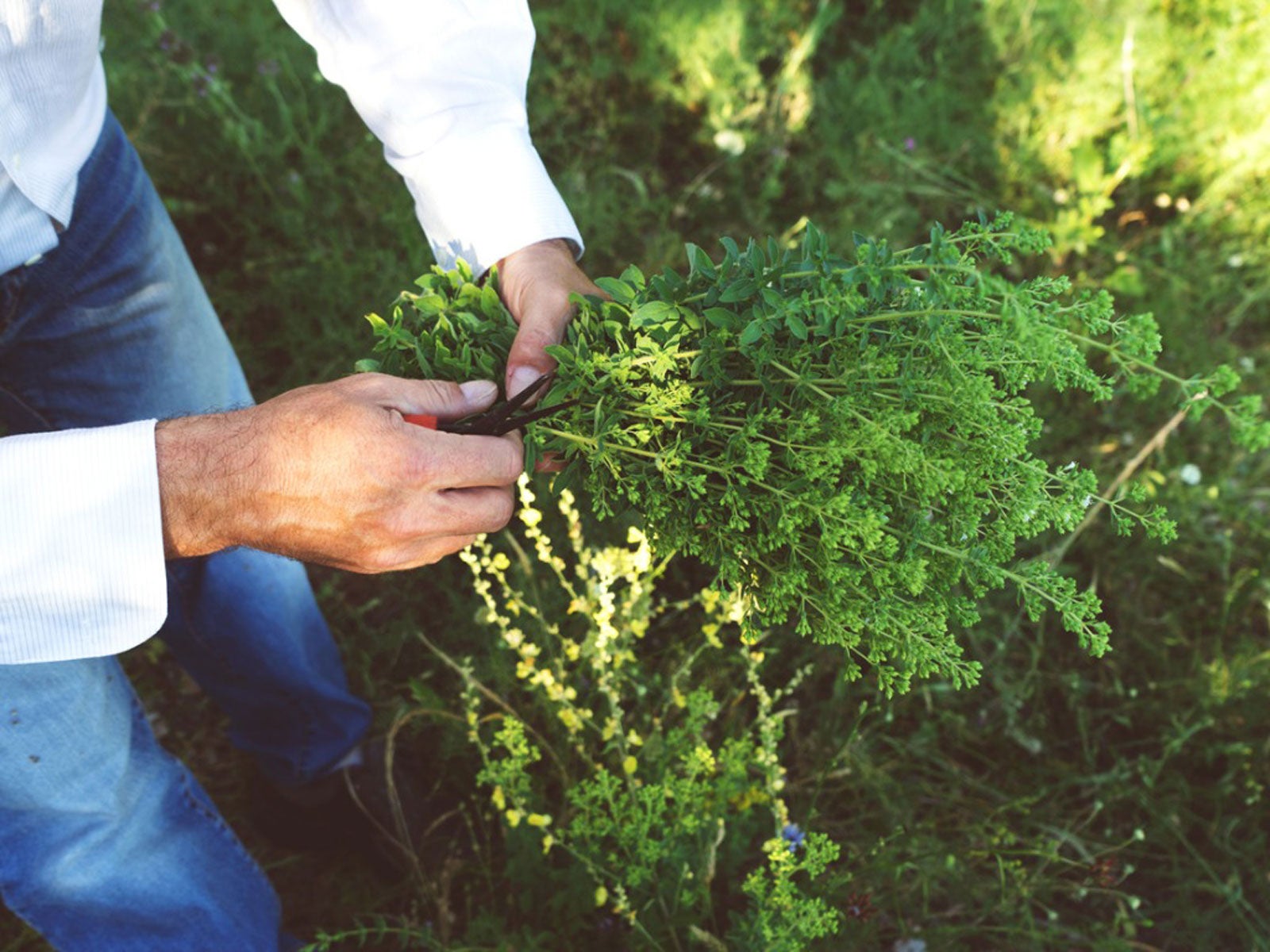 Tips On Harvesting Oregano And How To Dry Oregano
Tips On Harvesting Oregano And How To Dry OreganoOregano has a pungent scent and flavor punch. It is an easy to grow herb, which is used fresh or dried. Learn about harvesting and drying oregano herbs in this article so you can have it readily on hand.
By Bonnie L. Grant